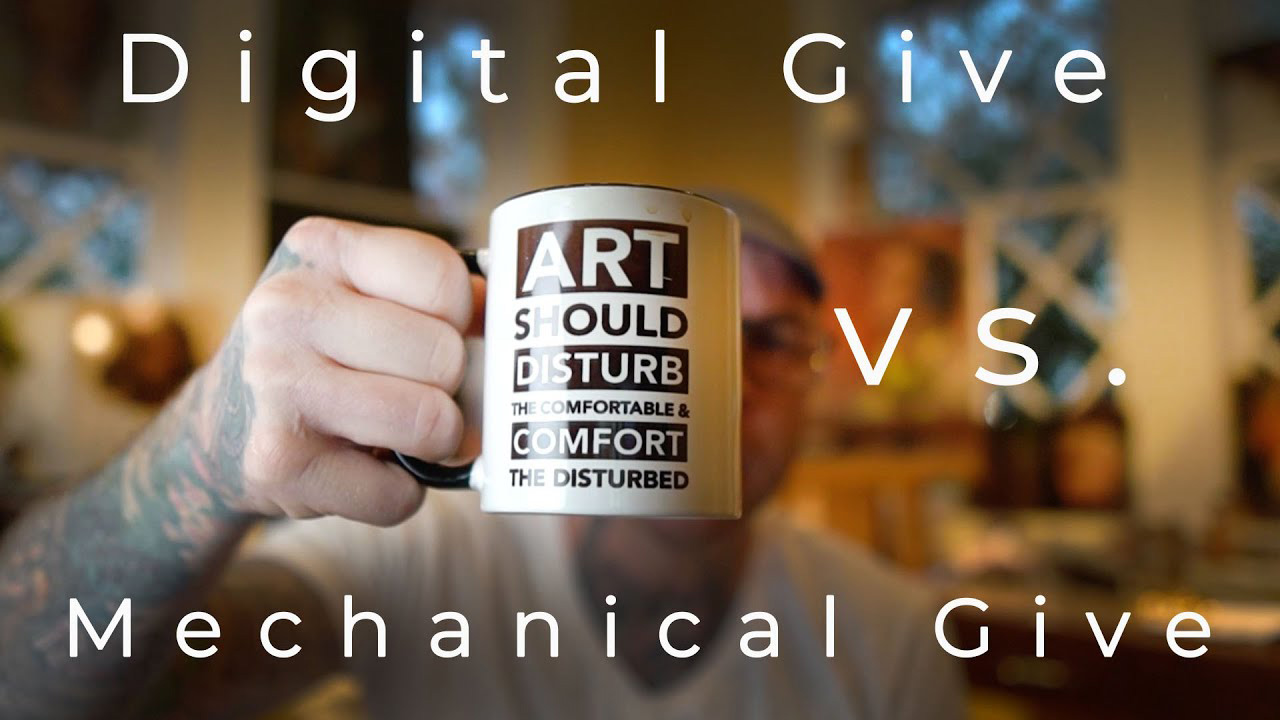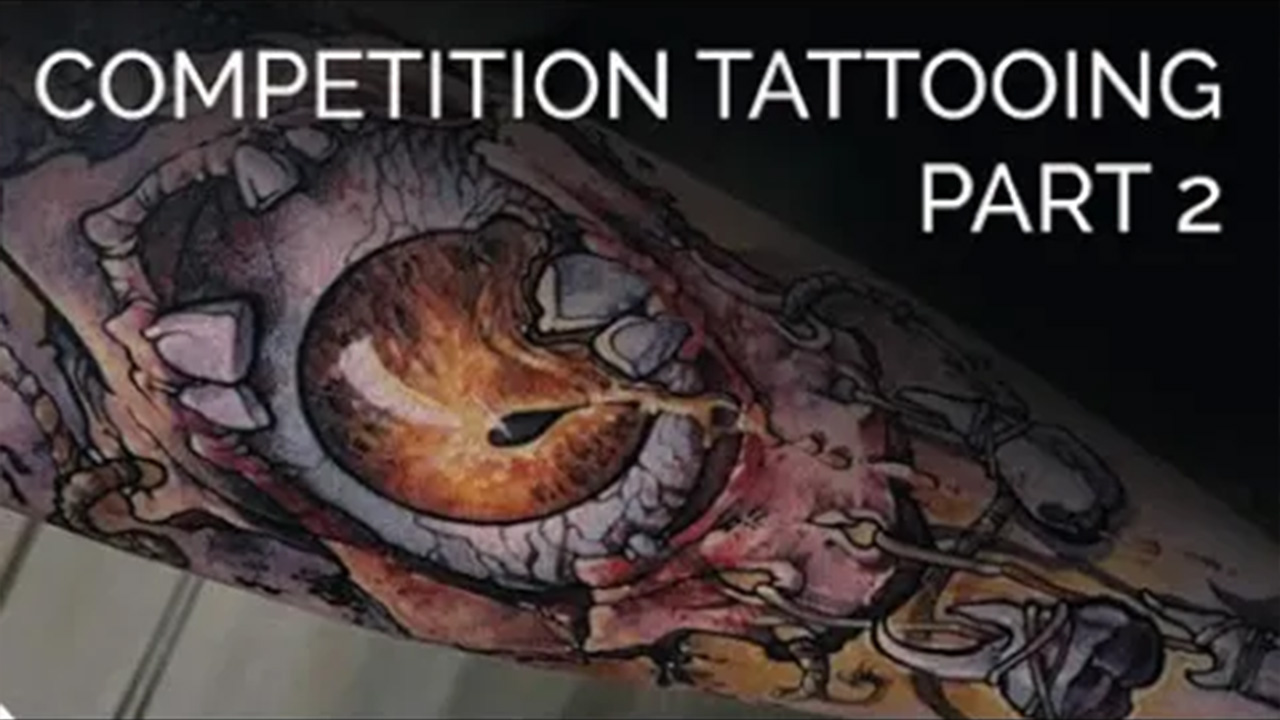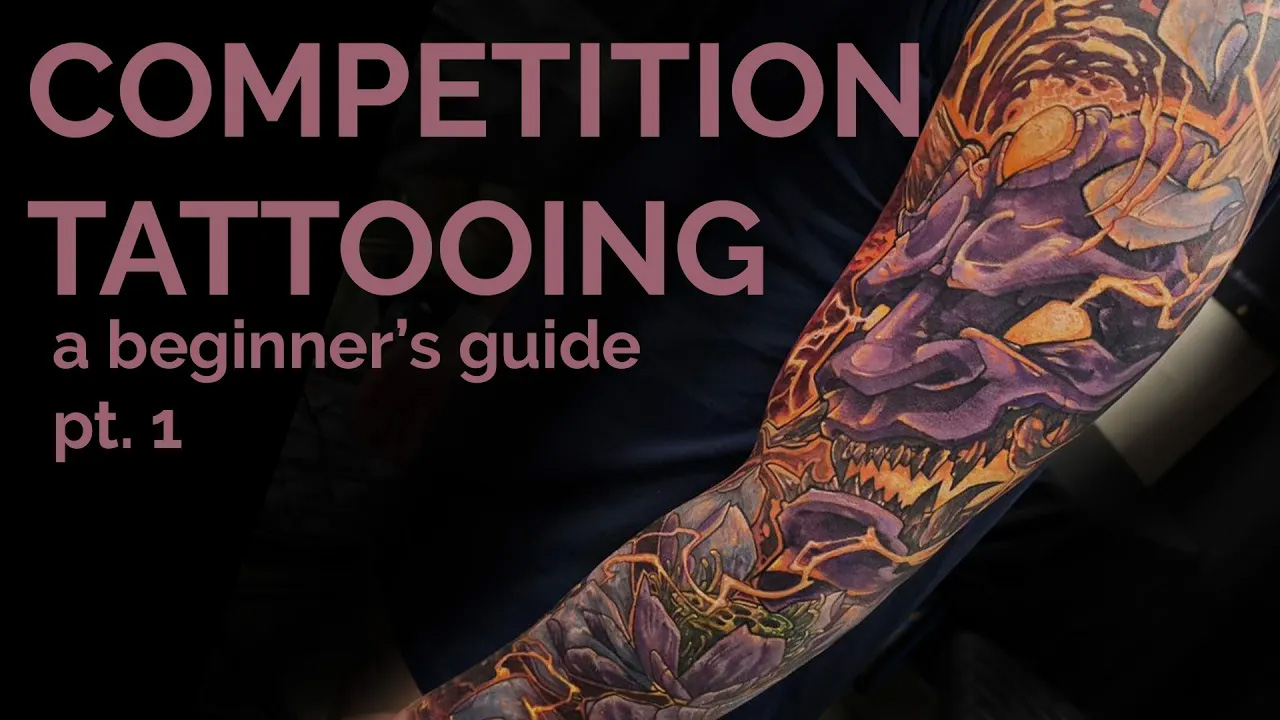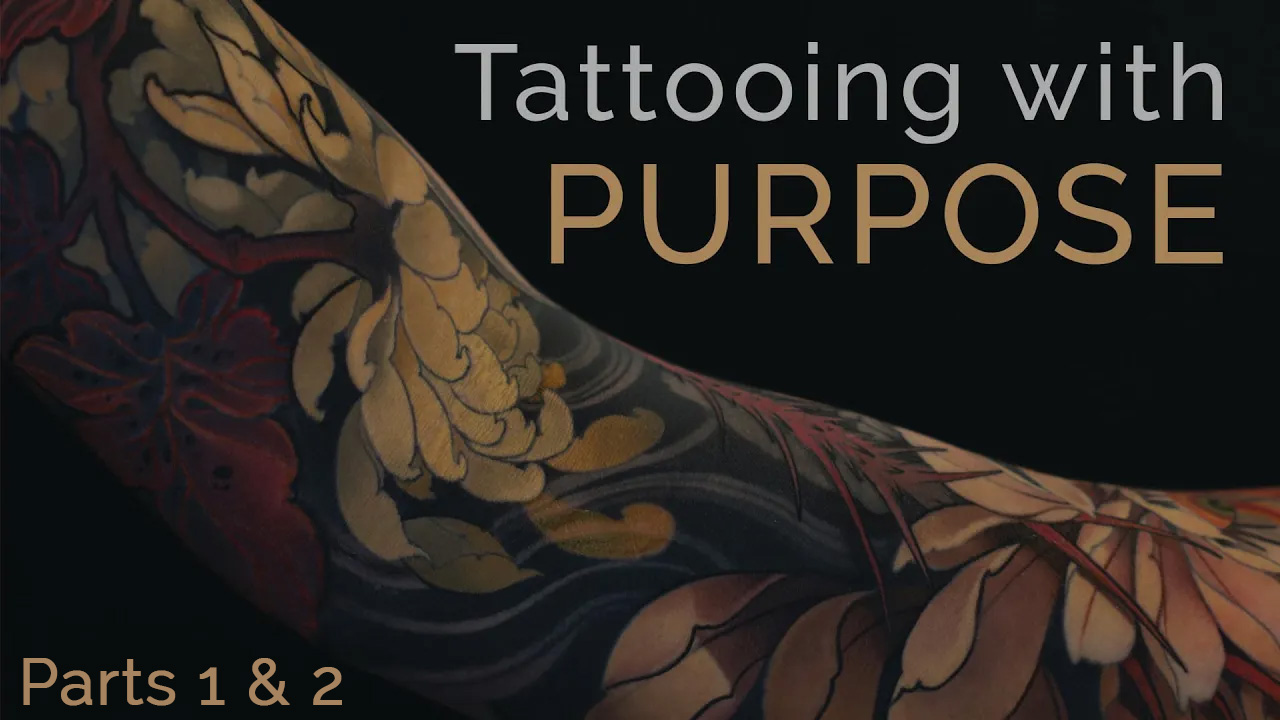Tattoo Science: Why Do We Care About Give Carson Hill EP 239
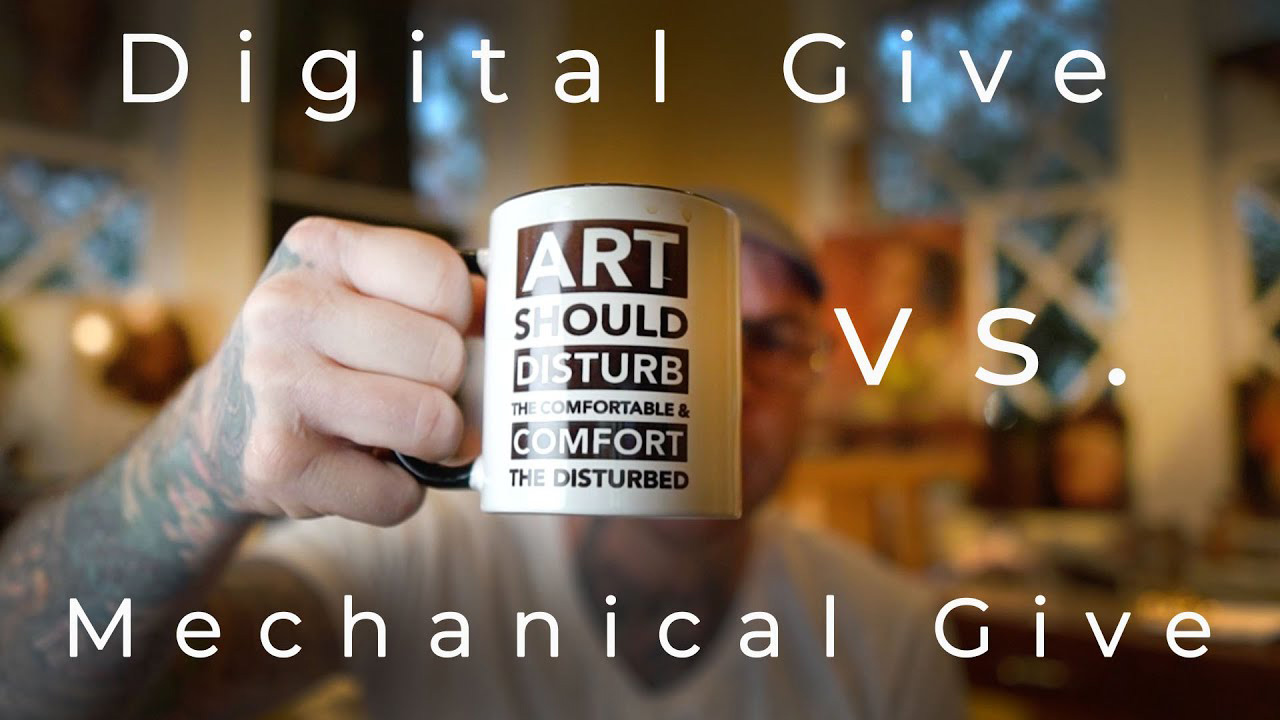
Tattoo Machines Part 2: Why Do We Care About Give? | Carson Hill | EP 239
Get Ready! These discussions illuminate the unique mechanisms of coils and rotaries, challenge traditional beliefs, choosing the right tool for the job, and explore the balance between innovation and established practices in the tattooing industry.
In segment two of this awesome series, Jake and Carson discuss the values of needle making, and dive deeper into more information on digital give vs mechanical give, along with the complexities of needle depth.
In the article we will be focusing on direct drives and chipped motors, tattoo trauma, and dwell time in the skin.
This episode was made possible thanks to:
Interview by By Jake Meeks —
Writing By Daniel Pushcarich —
Topics: Rotary Tattoo Machines, Carson Hill, tattoos, Dwell Time, Coil Tattoo Machines, Neuma Tattoo Machines, Tattoo machine mechanics and technology, Needle making and branding, Direct drive vs rotary tattoo machines, Needle depth and skin trauma, Stroke length and needle movement, Rotary motor design and testing
“Defining "give" in rotary machines should align with its function rather than borrowing terminologies from coil machines.”
— Carson Hill
Carson HIll (@tattooistcarsonhill) Is the creator of Neuma Tattoo Machines. He understands the importance of having proper tools for each tattoo project, and believes that he has a duty as an artist and machine designer to make the best possible tattoo machines.
His mission as an artist is to improve and gain depth of experience and knowledge so that he is always improving technically and creatively.
Carson’s ultimate mission is to make the best possible tattooing equipment solutions. With Innovation, technology, and ground-breaking design, he has accomplished just what this industry needed with the Neuma FOUR.
Carson is based in CA and owns Neuma Tattoo Machines.
Get 10% off the Neuma Tattoo Machines with code “Fireside” at checkout
https://neumatattoo.com
Please enjoy!
INTERVIEW LINKS, MENTIONS, AND SHOW NOTES BELOW…
SELECTED LINKS FROM THE EPISODE
- Connect with Carson Hill:
Use the Code “Fireside” to get 10% off at checkout at NeumaTattooMachines.com
SHOW NOTES
- [05:25] Know Why It Is, Not Just What It Is; Benefits Of Making Needles
- [08:36] Happy Little Accidents
- [10:51] Direct Drives, Chipped Motors, and Cams; A Clear Definition of “Give”
- [14:58] Mechanical Give Increasing Tattoo Trauma?
- [18:41] So Many Variables; to give or not to give
- [21:51] The End Goal, Tattoo Efficiency Is Key
- [24:44] I think I'm stroking out here.
- [30:36] I think I Cam I Think I Cam
- [32:44] Can Extra Dwell Time Be A Good Thing?
- [35:31] Testing, Testing... Production Process
- [37:36] Thunderous Outro
MORE Carson QUOTES FROM THIS INTERVIEW
Direct Drives And Chipped Motors
[10:51] “Let’s say I want to work at 5000 RPMs, I can turn my power supply up to 5500 and when I come in contact with the skin it’s 5000-ish. Whereas with the ‘chipped’ version I’m expecting it to slow down, but instead it hits even harder. I feel like I have less control over that, but that’s my own opinion, I’m sure some people prefer it the other way.”
— Carson Hill
Direct Drive Machines and Bogging
Direct drive machines operate without mechanical give, meaning the needle is pushed forward and pulled back directly only after one full rotation of the motor. Some machines bog down when coming in contact with the skin (resistance), slowing the motor. This slowing increases the potential dwell time, or how long the needle contacts the skin, although the cam’s cycle time remains consistent.
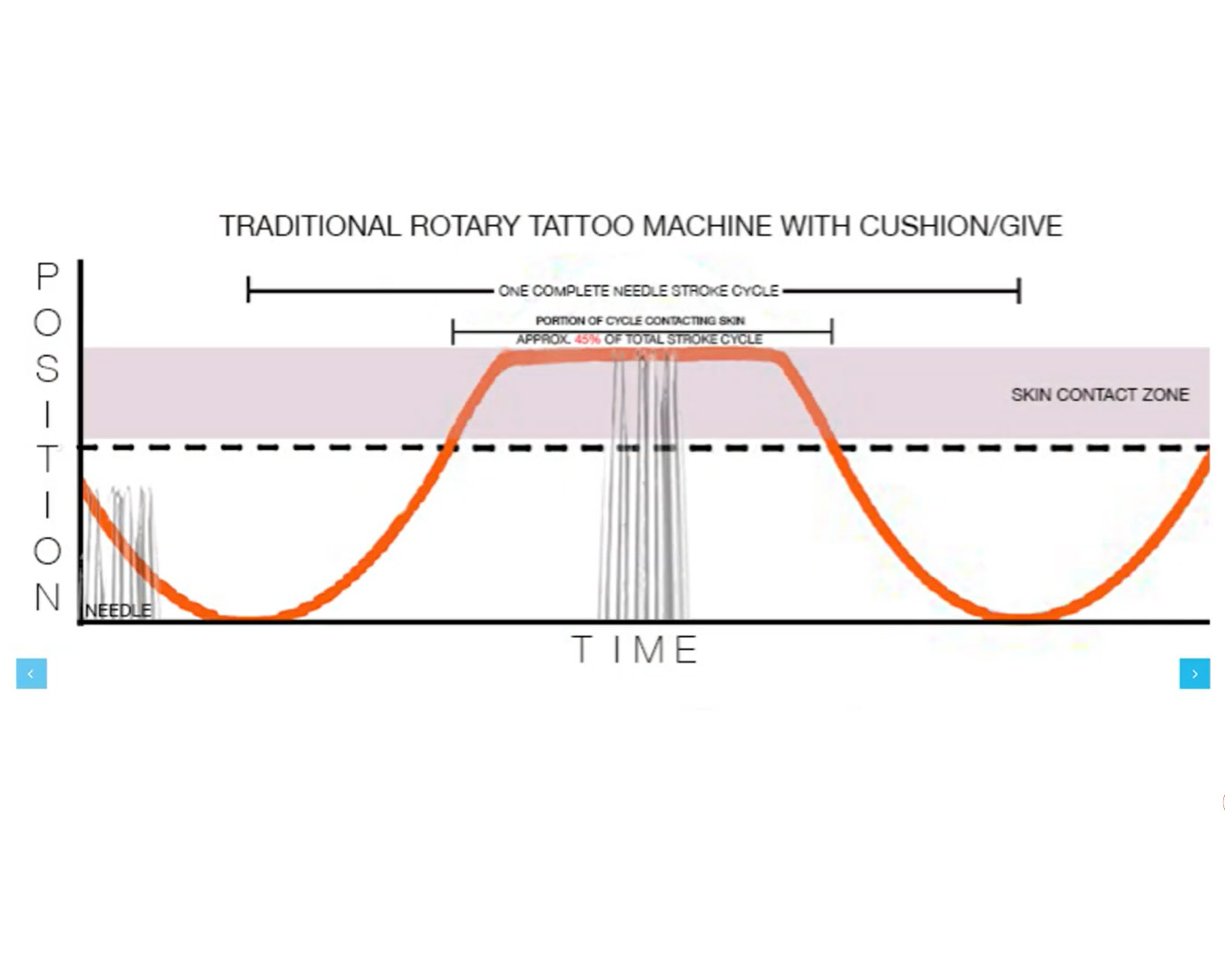
Chipped Motors and Boosted Machines ; RPM Adjustment and Control
A direct drive motor that’s chipped increases power when encountering resistance, which helps to maintain RPM consistency. For example, a machine running at 5000 RPM may slow to 4500 RPM upon skin contact, or with increased power, maintain a steady 5000 RPM despite resistance.
User Preferences and Machine Customization
Individual preferences dictate the choice between chipped and non-chipped direct drive machines. Some users, such as Carson, prefer the slight slowdown because it “feels more natural”. Some practitioners, like Ty Pollotta, prefer the boost mode offered by the chip, which allows for quicker skin penetration and potentially less trauma. The availability of both machine types accommodates varying needs and techniques among tattoo artists, emphasizing the importance of personalized equipment selection.
Is Give Even Possible?
Understanding “Give”
The concept of “give” originated from coil machines. In coils when the needle meets skin it creates resistance, or pushback from the skin. This resistance creates a disruption in the movement of the armature bar and spring, causing the needle to retract before extending to its full length. This also reduces skin trauma as a byproduct.

Direct Drive Machine Mechanics
Direct drive machines feature a cam that completes a full rotation, pushing the needle to the end of its stroke before retracting. There is no mechanical cushion or "give," meaning the needle travels the entire cam cycle. Misinterpreting digital give (defined as bogg or slowing the motor) as mechanical give is incorrect, as true give would involve shortening the needle's motion, which does not occur in direct drive machines.
Give in Rotary Machines
In rotary machines, mechanical give involves a cushion or dampening system that shortens the needle's stroke. Some rotary machines, like the Neuma 4 and higher series, use a flattened cam shape that shortens the needle's forward motion. This mimics the disruption of the armature bar, theoretically reducing the time the needle spends in the skin.

Can Extra Dwell Time Be A Good Thing?
[32:44] “The quotes should be a BIG idea from the interview; they don’t have to be long, but can be 1 or 2 sentences. Create the videos to exemplify the quote you’ve chosen, make sure that most, if not, all the context of the quote is included in the video.”
— Carson Hill
Factors Influencing Dwell Time in Tattooing
So, with all of this talk about dwell time causing more trauma there are various scenarios where a slower speed of retraction might be beneficial. Hand speed plays a significant role; a faster hand speed requires a quicker needle retraction. While a slower hand speed can accommodate a slower retraction because you might be less likely to cause rips or tears.
This could be particularly useful for styles that involve dot work, black and gray shading, or color realism. As an example, the tattooer might be working with many layers making small slow rhythmic hand motions which align better with a slower hand speed.
Interchangeable Cams and Their Impact
Without making this a pitch for the Neuma machines because this series is more about information, they do offer some unique qualities over other tattoo machines, namely their interchangeable cam system. Having cams with different slope profiles gives a tattoo artist the ability to customize their insertion and retraction times.

Symmetrical cams have an even profile so that the retraction time is the same as the insertion time. This is more congruent with how most rotaries work and is probably more optimal for people who need to do large fields of color or black.
Asymmetrical cams, which slow down needle insertion but maintain a quick recoil, offer a tailored approach to dwell time. The purpose behind this design is to ensure the needle creates the necessary hole efficiently and then retracts quickly, minimizing unnecessary skin trauma. This contrasts with standard rotary cams that move the needle in and out at the same speed, which might not always be ideal for certain tattooing techniques.
In Sum!
Ultimately it’s up to you to decide what the right set up would be for you, and deliberate experimentation is the best way to approach that.
You can really get used to any set up if you spend enough time with it, but finding what works for your hand speed and style will make you far more efficient and make the experience for the client better as well!
PEOPLE MENTIONED
- Ty Pallotta
This episode was made possible thanks to:
Want more tattoo education and resources?
Check out our Gear & Technology catalog HERE!
The Fireside Tattoo Network is home to the Fireside podcast, Fireside Technique video series and our Fireside Weekly blog.
The Fireside Tattoo podcast is hosted by veteran tattooer Jake Meeks, check out our episodes where we discuss, argue and wax philosophical, from tips for all levels of artists to trends in the tattoo world. Many guest artists have sat down for interviews and in-depth conversations and many more are planned…check back often!
Our Fireside Tattoo Overview video series offers informative, short, and detailed videos geared towards helping artists understand the science and nuances of tattoos and make more informed decisions to improve their work. We often take some of our more technical topics from our Fireside podcast and film an in-depth, narrated, time-lapse video showing exactly how Jake or our featured artists handle certain issues.
Support us while buying the stuff you need at the links below!
- Get 10% off the Neuma 4 with code “Fireside” at checkout
https://neumatattoo.com - Get 10 % off all S8 Tattoo products with promo code “Fireside”
https://s8tattoo.com/ - Get 10 % off Guy Aitchison’s Reinventing the Tattoo annual subscription at the link below https://reinventingthetattoo.com/fire…
- TattooNOW Website and Automation services at the link below
https://TattooNOW.com/Fireside - Get 10% off your order from Raw Pigments with code “fireside”
https://rawpigments.co/
Tattoo Science
Our goal as tattooers is to get ink into skin as efficiently as possible while causing the least amount of skin trauma in the process.
By gaining a basic understanding of how ink actually gets into skin, we give ourselves a much better chance for success. The Fireside Tattoo Network has interviewed specialists in tattoo machines, ink, fluid dynamics, and tattoo physics to bring you the most comprehensive tattoo science and physics information available anywhere.
Check out these popular tattoo science and tech articles:
Still interested, want more? You can look at our podcast episodes HERE!
Recent News
Inside Fireside: Mentality, Pain Management, and the Art of Client Care with Kurt Jacobson
- 09/06/24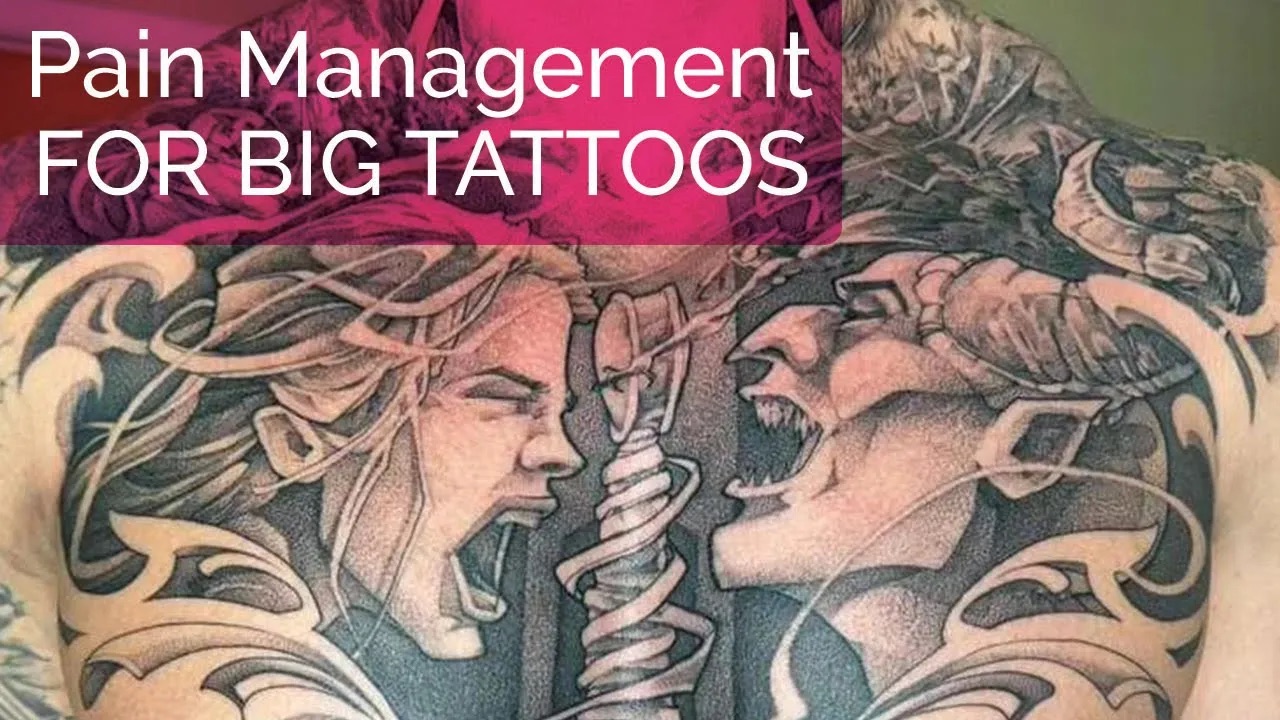
Why Do We Care About Give? - Carson Hill
- 07/24/24